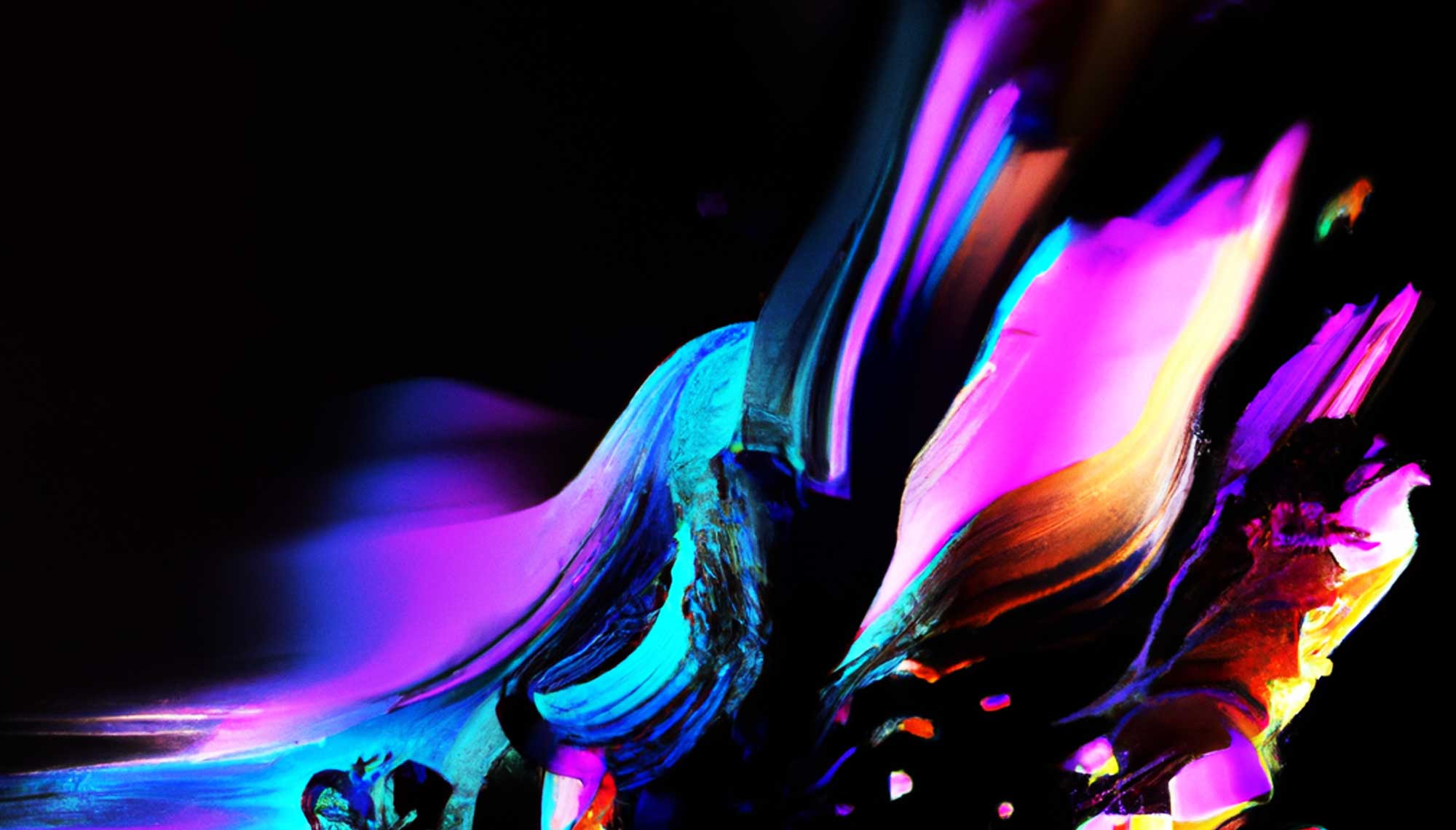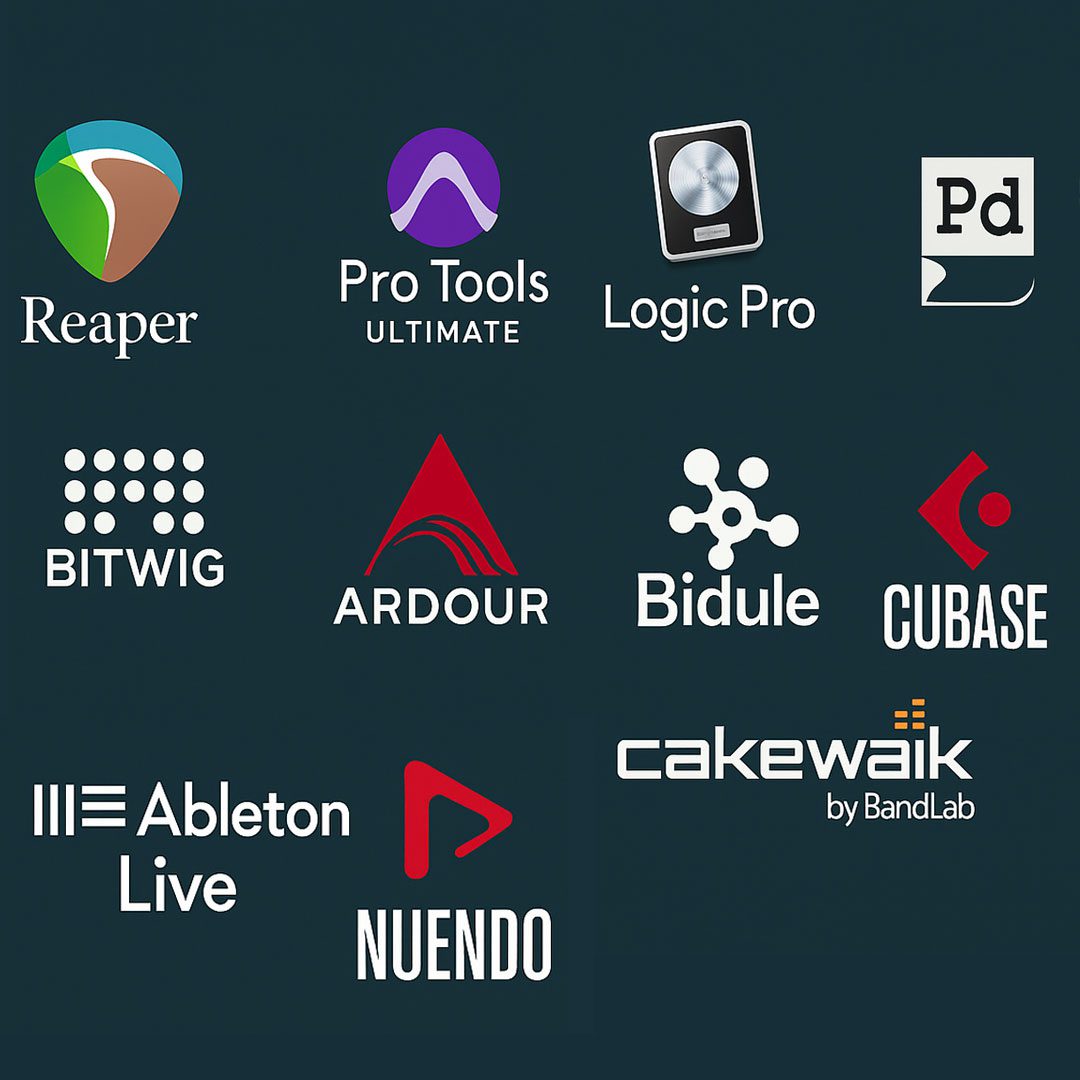[vc_row][vc_column][vc_column_text]Starting an immersive audio project can be a challenge, even for those who usually work on this type of project.
In my case, having several projects open, I find it essential to have an efficient organization.
Immersive audio projects demand a lot of energy, contain more processes than other types of audio projects, and have an unclassified number of unforeseen events.
These are almost always collaborative projects where it is essential to coordinate meetings, production times, management times, assembly and rehearsal times. They require a deep administrative coordination to get the resources in time and form.
How to make a complex project not impossible?
Well, after many trials and errors, I can finally share with you my project organization guide that will help you shape your ideas and manage your immersive audio projects.[/vc_column_text][ld_simple_heading]
1. Structure your project (1 to 2 weeks)
[/ld_simple_heading][vc_column_text]It is common to start a project with the points that interest us most, such as the implementation of a new technology, creative development or design. However, defining some aspects in writing before starting is the best starting point.[/vc_column_text][vc_column_text]
- Define what an immersive audio project is and why it is important to you. (max. 150 words)
- Describe the main theme of your immersive audio project and how it relates to your artistic practice (min. 200 words, max. 300 words).
- Develop a project summary describing the goals, objectives and scope of the project (max. 500 words).
- Briefly explain the different organizational aspects of your project.
- Define your target audience*.
- Decide what format or platform to use to organize your project (spreadsheets, online project management, Gantt charts, centralized online workspaces, physical or digital whiteboard, mind maps, visual diagrams, physical or digital notebook or binder).
- Make a list of collaborators with their respective contacts.
- Make a detailed list of the equipment you have available.
[/vc_column_text][vc_column_text]In my case, I am currently using the online platform NOTION together with GOOGLE Drive to organize my projects, at the same time that I carry a notebook and a drawing skechbook that I use to make sketches of the space I will be working on.[/vc_column_text][ld_simple_heading]
*Target Audience:
[/ld_simple_heading][vc_column_text]Establishing a target audience for a project is difficult, but it is perhaps one of the most important aspects because we are ultimately looking to reach a wide audience with our work. Having a target audience in mind simplifies many aspects of the process.On the one hand, it makes it much easier to get resources, while it simplifies the dissemination and promotion of the work once it is finished.
Establishing a target audience in order to establish a clear and specific profile for the project is a key point.[/vc_column_text][ld_simple_heading]
2. Pre-production phase (2 to 4 weeks)
[/ld_simple_heading][vc_column_text]Once you have clear definitions and the structure of your project, the decision making begins.[/vc_column_text][ld_simple_heading]
A. Define the technical aspects of your project.
[/ld_simple_heading][vc_column_text]
- Research and choose the right audio format for your project. What will be the final audio format (s) for your project?
- If your project will have more than one format, which format will you work with first?
- Identify the audio sources you will use to create the immersive experience.
- Identify the audio spatialization tools and software you will use. Consider file size limitations and compression requirements.
- Identify the physical space and/or platform where the work will be presented.
- Set up time to get to know the space in depth where the work will be presented.
- Establish time to research software, equipment and/or techniques to be implemented.
- Make a technical document (technical rider).
[/vc_column_text][ld_simple_heading]
B. Establish a budget for the project
[/ld_simple_heading][vc_column_text]
- Determine how much money you will need for equipment, software and other expenses.
- Make as detailed a budget as possible with a timeline.
- If it is a project to be presented in calls for proposals, make a list of calls for proposals in which you can present your project.
- Make a list of potential partners (institutions, festivals, laboratories, companies, etc.).
- Keep track of all expenses to make sure everything is within the budget.
[/vc_column_text][ld_simple_heading]
C. Plan the recording, mixing and editing process.
[/ld_simple_heading][vc_column_text]
- Create a detailed recording plan.
- Create a detailed editing plan. Allow time for rehearsals and tests.
- Creates a detailed mixing plan. Allows time for technical team meetings, rehearsals and tests.
Includes technical requirements (software and hardware), crew (collaborators, technicians, engineers, mentors, etc.), recording schedules, recording studio/space layout schedules.[/vc_column_text][ld_simple_heading]
3. Production Phase (4 to 8 weeks)
[/ld_simple_heading][vc_column_text]Once the above points are organized, it is time to start production.
Having all the above scheduled, you will now have defined times for each of the creative and production tasks. It will depend on the type of project, how much time each task will take.[/vc_column_text][vc_column_text]In my experience, it is important to respect the creation and production times that are constantly interrupted by the administrative part of the project. That’s why I try to get to this point with all the other tasks planned, because I delegate tasks and focus on what really interests me.
Knowing how to delegate tasks is a key part of a project of this nature, being projects that take several months to complete, it is important not to end up exhausted before starting production or during production.[/vc_column_text][ld_simple_heading]
A. Recordings
[/ld_simple_heading][vc_column_text]
- Make the necessary audio recordings as planned.
- Make sure you capture all the sounds and audio elements you need and review the takes.
[/vc_column_text][ld_simple_heading]
B. Editing and Mixing
[/ld_simple_heading][vc_column_text]The editing and mixing stage is one of the most interesting, while is one of the most demanding stages.
In this type of audio project, editing and mixing in private studios often intersperse production with moments of editing and mixing in the place assigned for the projection of the work.[/vc_column_text][vc_column_text]If it is an immersive audio work for a particular platform or system where other teams are involved in the production (e.g., programmers, designers, etc.) it is likely that both editing and mixing will develop and undergo changes during this stage.
Take these considerations into account.[/vc_column_text][ld_simple_heading]
C. Setup and Testing
[/ld_simple_heading][vc_column_text]The setup and rehearsal stage is just as demanding as the previous one and extremely necessary, since it is here where the technical problems really arise, and you have to review the ideas.[/vc_column_text][vc_column_text]It is likely that, at this stage, you will have a technical support team of your own space (with 3D sound works). At this stage, the times are shortened and not always have much time in space, which is why the key here is the organization and proper communication with the technical team.
Simplifying this stage will help you focus on your creative goals.[/vc_column_text][vc_column_text]I call this stage “the stage of the infinite mail” because it is the stage in which both your internal team and the external team (technicians, producers, etc.) require the informative details of the project to make the assembly as best as possible and in the required time.[/vc_column_text][vc_column_text]Here, time is of the essence. Everything will depend on communication and agreements. Being able to communicate your project in a precise and clear way will make this stage flow in a better way.
The setup stage eats up rehearsal time. That is why it is so important to follow the schedule from the beginning.[/vc_column_text][vc_column_text]Having enough time to rehearse in the space (keep in mind that, in 3D sound works, it is almost always an unknown space) is essential for your work to be heard as you thought.[/vc_column_text][vc_column_text]If your work is for a platform, when it comes to assembling the different aspects of the work, problems will also arise and you will have to test and rehearse that everything is where it should be so that, in this case, the user can enjoy the immersive experience as you wanted from the beginning.[/vc_column_text][ld_simple_heading]
4. Project launch and promotion (1 to 2 weeks)
[/ld_simple_heading][vc_column_text]The last stage of this long process, however, is not a minor stage. We almost always neglect it.
We must never lose sight of the fact that our goal is to reach the intended audience/user in the best way possible; we are ultimately seeking to reach a wide audience with our work. That is why organizing this last stage properly makes the difference.
- Design an appropriate marketing plan (this step is important to take into account in phase 1).
[/vc_column_text][ld_simple_heading]
Conclusion
[/ld_simple_heading][vc_column_text]Creating an immersive audio project can be a challenging but rewarding undertaking, and there are many factors to consider when planning and executing such a project.[/vc_column_text][vc_column_text]Following an organization that includes choosing the right team, developing a clear creative vision, creating a detailed project plan, and implementing effective marketing strategies increases the likelihood of success and enjoyment of the process without getting overwhelmed and frustrated.[/vc_column_text][vc_column_text]Creating an immersive audio experience that resonates with the audience is ultimately the goal.
Remember that each stage of the project is unique and equally important, be flexible, but be clear about what you want to achieve, prioritize the tasks necessary to carry out your idea and be attentive to the needs, possibilities and preferences of your target audience.
With careful planning and attention to detail, it is possible to create an immersive audio project that captivates, inspires and delights the audience.[/vc_column_text][/vc_column][/vc_row]


